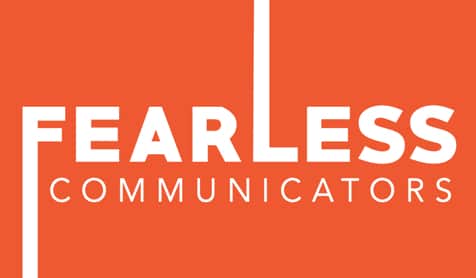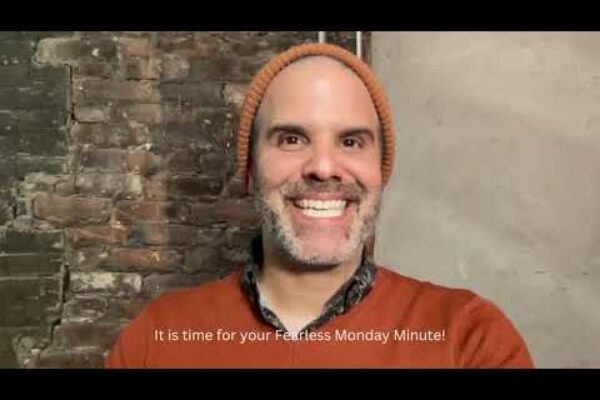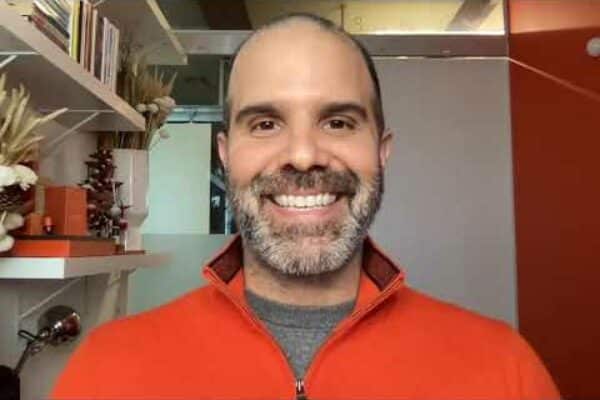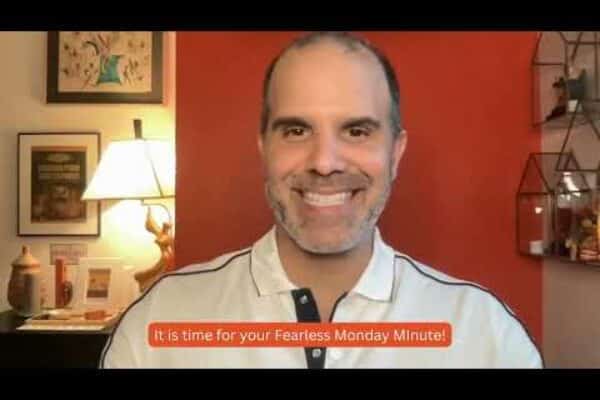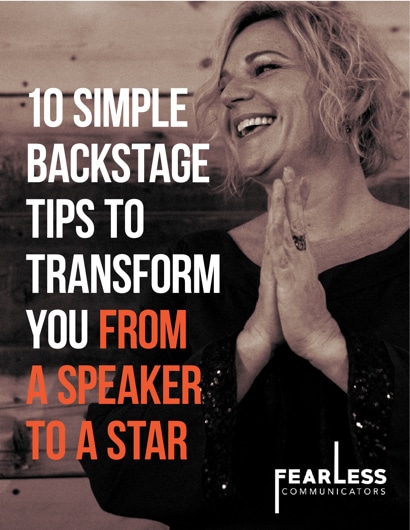Monday Minute: The Smiley Hack
“No one can lie, no one can hide anything, when he looks directly into someone’s eyes.” – Paulo Coelho
When an actor learns all their lines for a role, we call that being, “OFF BOOK.”
Now it is one thing to be “OFF BOOK” in the privacy of your apartment acting with the couch and the vases. It’s another thing to be “OFF BOOK” when you have a scene partner who is looking into your eyes and the rest of the cast and creative team staring at you! In my 15 years of experience as an actor, all the lines that I was sure were locked in the noggin, exited stage left the moment I was aware of being watched.
It can be uncomfortable to look at your audience in the eyes. People are unpredictable. They will react and you never know what type of energy they will throw back at you.
It is so nerve-wracking for people that may think that they are practicing EYE CONTACT, when in reality they’re AWKWARDLY PANNING their audience. The head and the eyes move back and forth and it can be distracting and unmooring for both the speaker and the audience.
Eye contact means that your eyes need to connect with the eyes of your audience. This can be scary and vulnerable. You’re going to want to rehearse where you’re looking during a presentation. It is a necessary step in the embodiment of your content.
In the video above, I give you one of my favorite tools to get a speaker to ground into the practice of EYE CONTACT.
Now, to be clear, what I mean is to make contact with someone’s eyes, not STARE THEM DOWN. That would be strange . . . and a topic for another Monday Minute!
Have a fabulous and fearless week!
Fearlessly yours,
Eduardo
Transcript
It is time for your Fearless Monday Minute. This week, I’d like to tackle a less thrilling habit that people have in relationship to their public speaking and their presentations: And that is scanning. Sometimes people channel their nervous energy by eyeing an audience and scanning back and forth because they have either not practiced or are scared of making direct eye contact with their audience. Now, if you are uncomfortable making direct eye contact with your audience, one option is to look a little bit further up maybe at their forehead, so you’re not actually looking deeply into their eyes. But the other option is to actually practice and engage and be specific at who it is that you’re looking at around the room. And one way to practice that is to make a smiley face. So I would make several of these. I would take them across the room and get at practicing looking specifically at people’s eyes.
